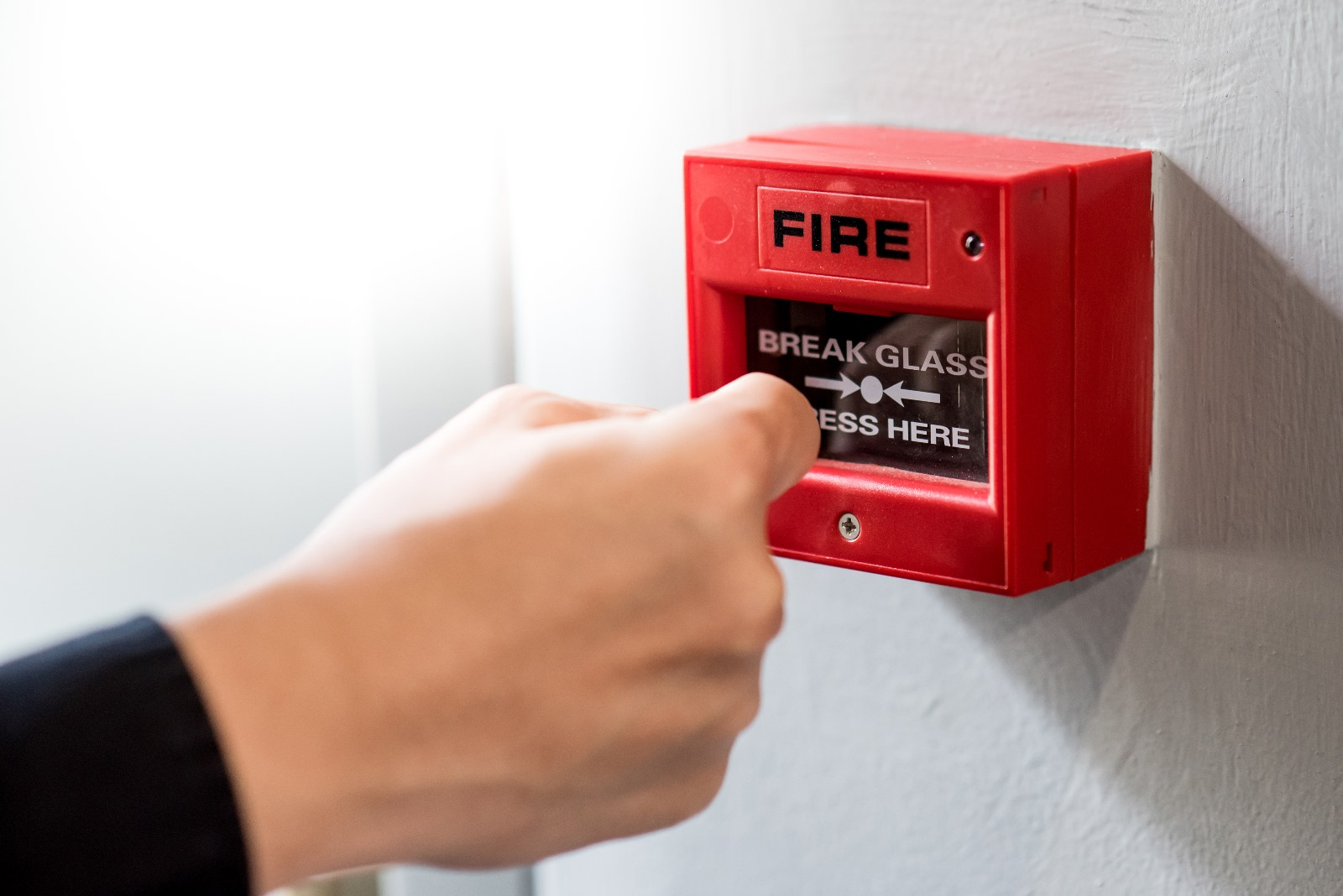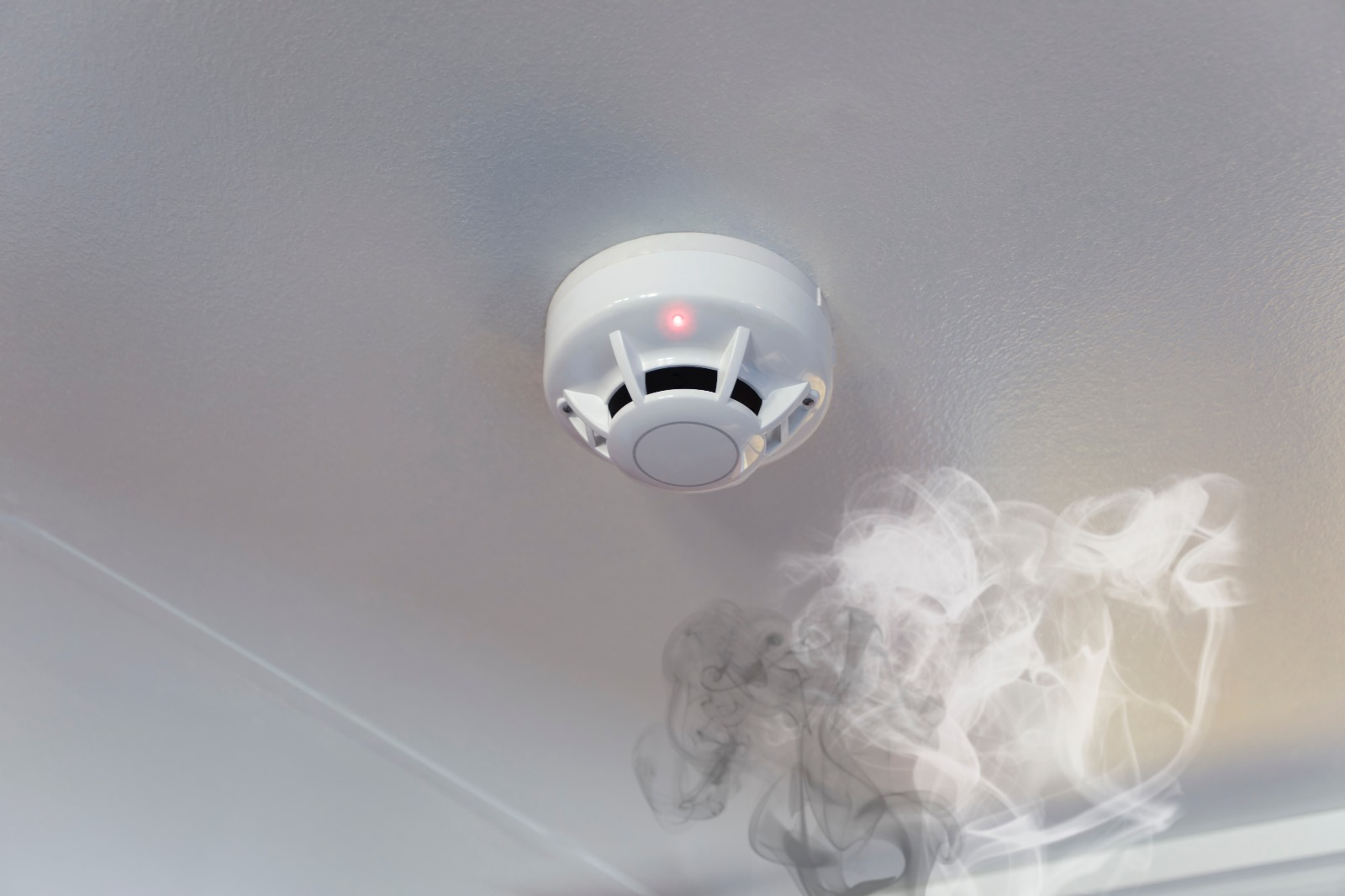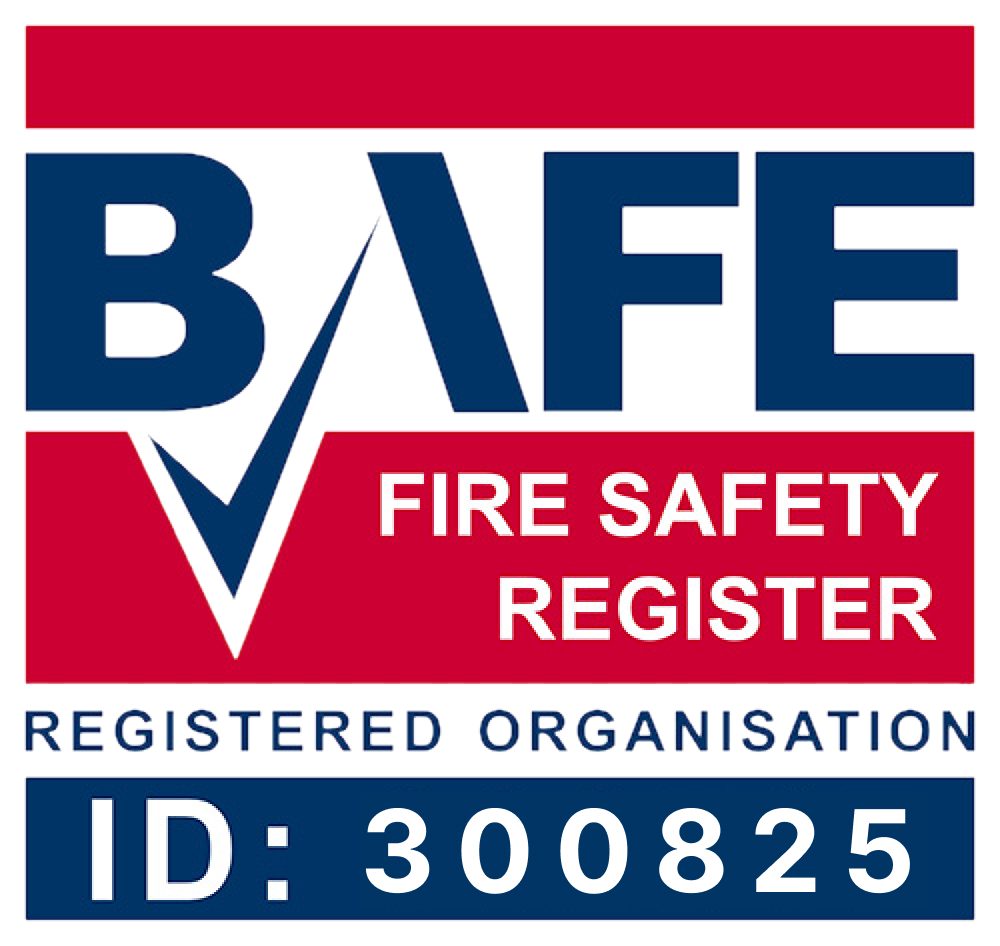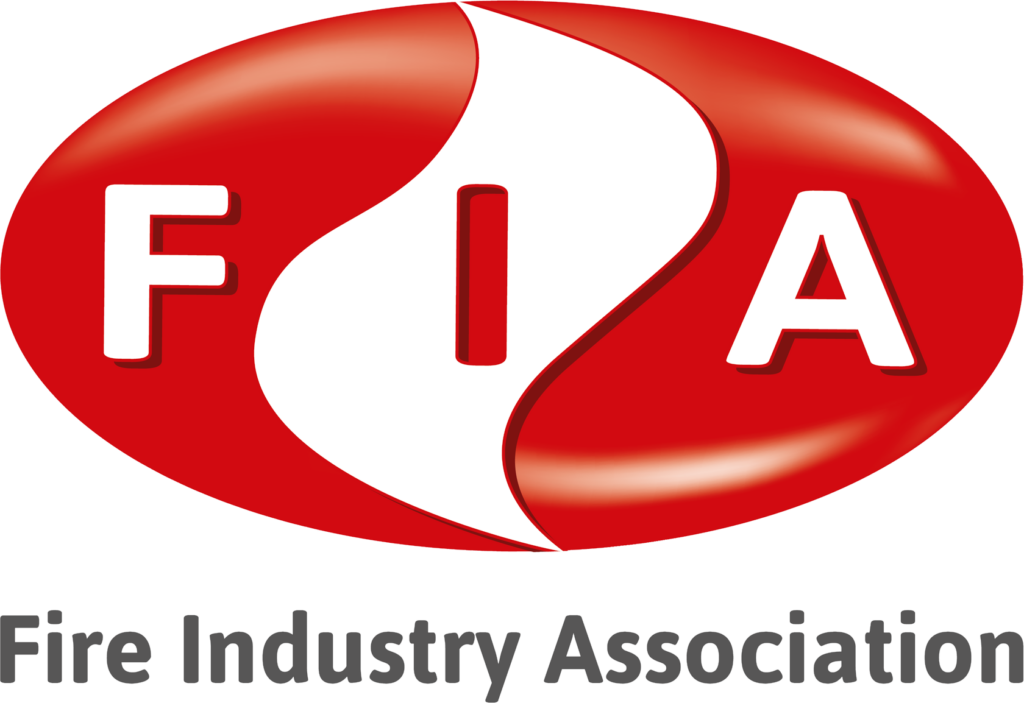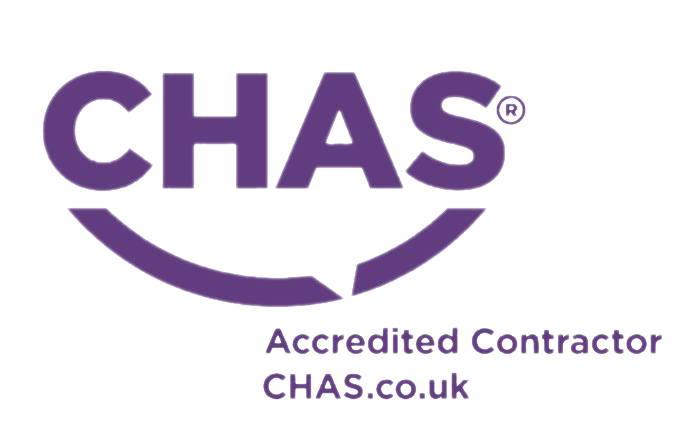Emergency lighting is a critical component of any building’s safety infrastructure, as it ensures that occupants can safely evacuate in the event of an emergency. Unfortunately, many buildings neglect to properly maintain their emergency lighting systems leading to potential pitfalls.
In this article, we will explore some common issues and solutions for avoiding these maintenance pitfalls when dealing with emergency lighting. It is essential that all businesses understand the importance of regular emergency lighting maintenance; without it, their employees could be put at risk during an evacuation.
This article aims to provide best practice advice on how to ensure your building has effective emergency lighting which meets fire regulations and does not pose a danger to its inhabitants.
The Basics Of Emergency Lighting
The emergency lighting system is a crucial component in any building. It’s the last line of defence against the darkness, ensuring that everyone can make their way safely out should an emergency arise – and yet many people don’t give it much thought until something goes wrong.
Imagine a shadowy corridor, filled with confusion and fear as people rush to evacuate while being guided by nothing but flickering lights overhead: these are no ordinary lights; they provide essential illumination if there’s ever a power cut or other incident which puts safety at risk.
But how do you ensure your emergency lighting system won’t fail when you need it most? Regular maintenance is key, but this isn’t always straightforward – common pitfalls such as failing batteries and insufficient testing can lead to costly problems down the line.
With proper knowledge and preparation, however, you’ll be able to keep your premises safe from potential disasters.
The Importance Of Regular Maintenance
Undoubtedly, emergency lighting is a critical safety feature for any building. It must be in proper working order at all times to keep occupants safe and secure. With this being said, regular maintenance of such systems is essential in avoiding disasters from occurring.
The importance of regularly maintaining emergency lights can not be understated. Faulty wiring or poorly maintained batteries can lead to non-functional lighting during emergencies, leaving occupants vulnerable to potential harm. In addition, improper configuration may cause incorrect activation that could result in costly false alarms which waste time and resources. Therefore, it is imperative to ensure the system is tested on a frequent basis and kept up to date with the latest technological advances. This will help reduce the chances of failure when needed most.
Carrying out these preventive measures helps minimise both physical and financial risks associated with an outdated or faulty emergency light system. Regular checks should also include ensuring all fixtures are properly connected as well as checking bulbs and other components for damage or wear and tear caused by environmental factors like humidity or dust particles that can prevent them from functioning correctly.
Of course, it’s important to consult local guidelines before beginning any maintenance process so you remain compliant with regulations whilst maximising safety for those who need it most – your building’s tenants or visitors.
Common Signs Of Faulty Systems
It is important to be aware of the common signs that a system may have developed faults and require maintenance.
Poor lighting levels, flickering lights, malfunctioning switches and dimming are all warning signals that the emergency lighting needs attention.
If these symptoms persist it could indicate a fault in one or more components within the system.
Outside inspections should take place on a regular basis to ensure the systems are working correctly and any problems can be picked up early before they become serious issues.
Additionally, if there has been an increase in power consumption it could signify a problem with the wiring or components that need replacing.
Any changes or modifications to existing systems must also be fully documented for future reference.
Battery Maintenance & Replacement
Let’s start by talking about Battery Testing; how often do we need to test our batteries, and what kind of tests should we be running?
Then we can move on to Battery Check-Ups; what kind of regular maintenance should we be doing to ensure our batteries are working properly?
Finally, let’s discuss Battery Replacements; when do we need to replace our batteries, and what kind of replacements are available?
Battery Testing
It’s essential to regularly check the batteries of your emergency lighting system, as faulty ones can cause serious disruption.
Battery testing is a key part of this process; it helps identify any issues before they become more costly problems down the line.
It should be done at least every 6 months for optimal performance and safety – if you leave it too long between tests, you could be in for an expensive surprise!
Taking proactive steps like these will ensure that your emergency lighting remains reliable and fit for purpose whenever needed.
So don’t miss out on this vital step – test those batteries now!
Battery Check-Ups
It’s important to stay on top of your battery check-ups.
It can be tempting to put off checking the batteries in your emergency lighting system, but this is a surefire way to run into problems later down the line.
Regular testing should be done at least every 6 months; any longer and you risk having costly repairs or replacements further down the road.
So don’t wait – get those batteries tested now!
Battery Replacements
It’s easy to forget about battery replacements, but they’re just as important for your emergency lighting system.
If you notice that the batteries are becoming weak or defective, it’s best to replace them sooner rather than later. That way, you won’t have to worry about any unexpected issues in the future.
It can be tempting to go with cheaper options when replacing batteries, but investing in quality ones will pay off in the long run and save you money down the line.
So make sure you get those replacements sorted out soon!
Testing & Documentation Requirements
Testing of emergency lighting systems must be carried out on a regular basis in order to comply with safety regulations. This is usually done by a qualified electrician, and it should include checks for correct operation of all components, including the lamps, batteries and control gear. Records should also be kept that confirm when tests have been completed, as well as any necessary repairs or maintenance tasks that may need to be undertaken.
Documentation is an important part of ensuring the effective management of an emergency lighting system. A logbook should be maintained which contains information such as the location and type of each luminaire, its installation date and any relevant test results from periodic inspections. The logbook should also include details about routine maintenance activities like lamp replacements and battery testing.
By keeping accurate documentation up-to-date, it can help reduce the risk of problems arising due to neglected maintenance or incorrect wiring.
It’s essential then, that the appropriate measures are taken to ensure compliance with legal requirements for testing and documenting emergency lighting systems.
Best Practices For Installation & Maintenance
When installing emergency lighting, it is essential to ensure that the system meets all local safety regulations and requirements. It is also important to correctly mount fixtures in accordance with the manufacturer’s specifications. The mounting surface should be checked for stability before installation takes place and any necessary adjustments made.
Additionally, wiring must be well-secured so as not to cause damage or fire hazards due to loose connections.
Regular maintenance of emergency lighting systems is essential to ensuring they remain operational during power outages. This includes replacing light bulbs on a regular basis, testing batteries/backup systems, conducting routine inspections for signs of wear and tear, dusting off fixture surfaces, and cleaning lenses properly.
To ensure continued performance over time, emergency lighting units should always be used according to their recommended guidelines by the manufacturer and inspected regularly by qualified personnel.
The Benefits Of Professional Assistance
The benefits of professional assistance can’t be understated when it comes to avoiding common emergency lighting maintenance pitfalls.
A qualified technician can make short work of any issue and provide guidance for best practices in the future. Imagery of a seasoned expert methodically inspecting each light fixture evokes an image of safety and security for those who inhabit the building; one that is free from potential hazards due to poor upkeep or improper installation.
Their knowledge and experience save time, money and resources while ensuring everything is functioning as it should in order to satisfy fire regulations. Having a reliable service provider on hand gives peace of mind that their premises are compliant with all applicable standards, eliminating the need to worry about what could go wrong or if they have missed something important during regular checks – saving them both energy and effort.
Ultimately, this means less disruption and fewer costly repairs down the line – making professional assistance invaluable.
Frequently Asked Questions
What Type Of Emergency Lighting Is Best For Different Types Of Buildings?
When it comes to emergency lighting, finding the right type for different types of buildings is key.
Different kinds of properties require different solutions and there are a number of factors that need to be taken into account when selecting an appropriate system.
It’s important to understand the specific requirements of each building and identify which type of emergency lighting would work best; this could range from LED fixtures designed for residential buildings to more sophisticated systems for larger commercial premises.
The environment in question must also be considered as some emergency lighting products may not be suitable for certain conditions or locations.
Ultimately, choosing the right emergency lighting can help ensure that any potential maintenance issues are avoided.
How Often Should Emergency Lighting Be Tested?
It’s essential to know how often emergency lighting should be tested for all types of buildings.
In order to ensure the safety of occupants and visitors, regular testing is necessary as part of a maintenance plan.
Depending on the type and size of the building, it may require testing every month or twice per year – with a full inspection taking place annually.
It’s important that these tests are carried out by qualified personnel who understand the relevant regulations in order to avoid any potential pitfalls when dealing with emergency lighting maintenance.
What Are The Legal Requirements For Emergency Lighting Installation And Maintenance?
The legal requirements for emergency lighting installation and maintenance can vary depending on the country or region, but generally, it is recommended that they be tested at least once a year.
This ensures that when an emergency situation arises, the lights will activate as expected and provide sufficient illumination to help people evacuate safely.
In addition, regular testing of emergency lighting systems helps ensure compliance with all applicable health and safety regulations.
Are There Any Additional Safety Measures That Should Be Taken When Installing Emergency Lighting?
When installing emergency lighting, one must always take extra safety measures for the best possible outcome.
This includes having clear pathways to all escape routes, checking that wiring is secure and making sure there are no obstructions blocking access to light sources.
Furthermore, it’s essential to regularly check batteries in case of power failure.
All of these steps not only help ensure legal compliance but also keep people safe during an emergency situation.
Are There Any Special Considerations For Emergency Lighting In Hazardous Environments?
When installing emergency lighting in hazardous environments, there are some special considerations that must be taken into account.
It is important to ensure that appropriate safety measures and equipment are used, such as explosion-proof fixtures or non-sparking tools.
Furthermore, any wiring should be kept away from combustible materials and all components of the system should be tested regularly for signs of wear and tear.
Lastly, personnel working on these systems should receive proper training in how to safely install and maintain them.
It is essential to ensure emergency lighting systems are correctly installed, maintained and tested.
By following the legal requirements and taking additional safety measures into consideration, businesses can avoid any potential pitfalls associated with emergency lighting maintenance.
But what if something still goes wrong?
That’s why it’s important for companies to have a reliable team of experienced technicians who can respond quickly in case of an issue or malfunction.
So why not consider giving your emergency lighting system the attention it deserves?
After all, when lives are on the line, there is no room for mistakes!

